Saffron is obtained from the dried red stigmas of Crocus sativus L., a perennial flowering plant belonging to the Iridaceae family. Known as one of the world’s most expensive natural substances, it is cultivated primarily in Iran, India (especially Kashmir), Spain, and Greece. Each flower produces only three delicate stigmas, which must be hand-harvested, making saffron one of the rarest and most labor-intensive spices.
Common Names
Across cultures, saffron has been celebrated under many names: Kesar in India, Kumkuma in classical Ayurveda, Zafaran in Persian medicine, and “red gold” in European traditions. These names not only reflect its characteristic deep crimson color but also its immense economic and medicinal value.
Historical Significance
Saffron has a history spanning more than 3,500 years, featuring prominently in Ayurveda, Unani, Persian, Egyptian, and Greek systems of medicine. In Ayurveda, saffron is revered as a Rasayana—a rejuvenating agent that enhances vitality, complexion, and longevity. Ancient Persian physicians prescribed it for melancholy and insomnia, while Hippocrates and Galen described its benefits for digestion and mood. Egyptian royalty valued saffron as a cosmetic and perfuming agent, and in medieval Europe, it was both a culinary delicacy and a medicinal remedy.
Symbol of Purity and Rasayana Value
Beyond its therapeutic uses, saffron carries strong symbolic meaning. In Indian culture, saffron threads are linked to purity, spirituality, and sacred rituals. Its golden hue has been associated with divine energy and enlightenment. In the Ayurvedic tradition, saffron is classified as Tridoshahara (balancing Vata, Pitta, and Kapha) and Varnya dravya (enhancing skin radiance). Its designation as a Rasayana reflects its role in promoting Ojas—the essence of immunity, vitality, and mental clarity.
Ayurvedic References and Classical Perspective
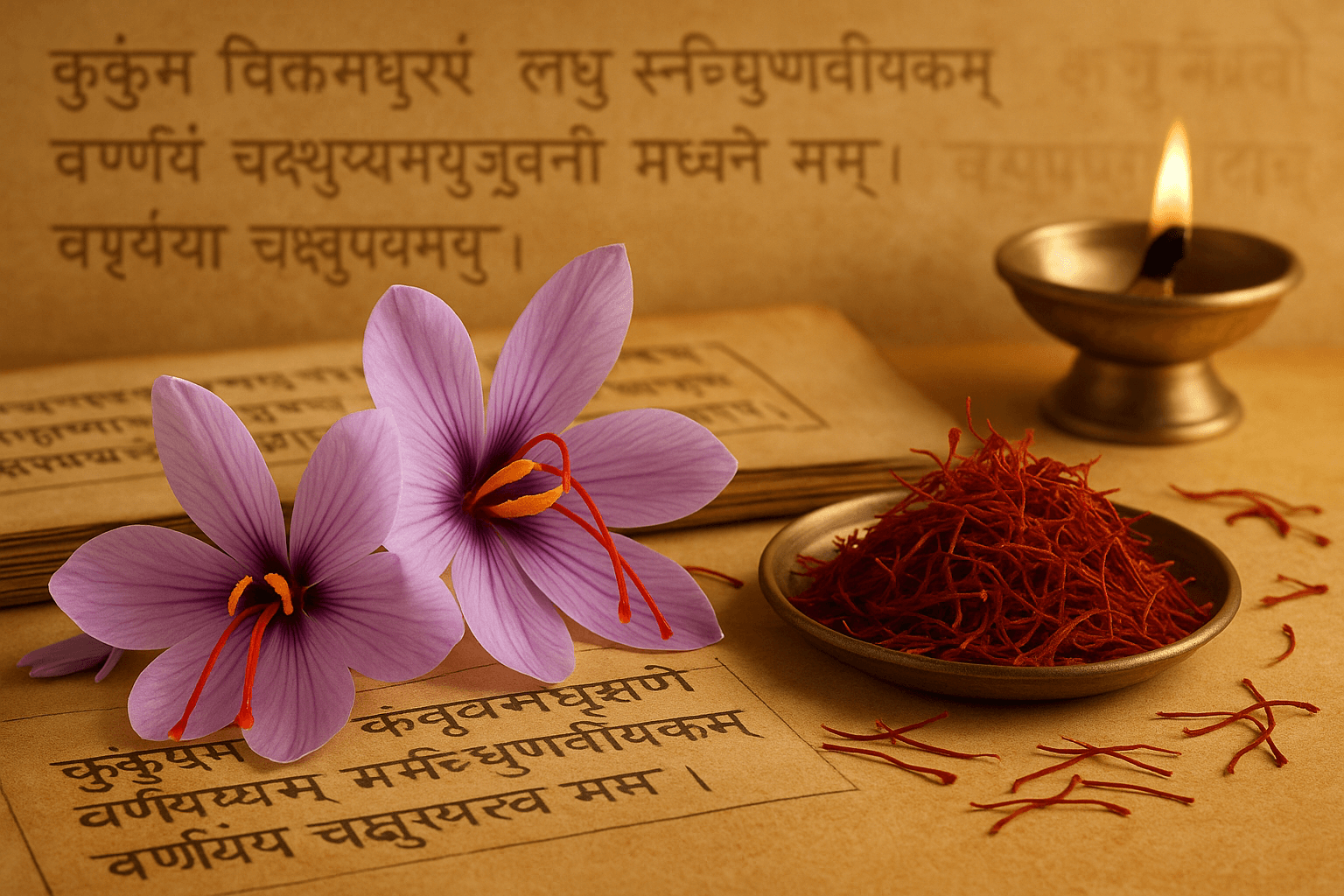
Mention in Charaka Samhita – Varnya Dravya (Complexion-Enhancing Herbs)
In the Charaka Samhita, saffron is classified under Varnya Mahakashaya—the group of herbs that enhance skin radiance and promote healthy complexion. Its action is linked to its subtle Rasayana quality, which nourishes the Rasa Dhatu (plasma) and improves circulation.
श्वेतपुष्पा प्रियङ्गुश्च चन्दनं पद्मकं तथा ।
उशीरं मधुकं मांसी सारिवा चानुलोमकम् ॥ (चरक संहिता, सूत्रस्थान 4/13)
Although saffron is not directly named in this specific shloka, commentators such as Chakrapani have highlighted its association with Varnya dravyas due to its ability to enhance Varna (skin tone and luster).
Sushruta Samhita – Application in Netra Roga (Eye Disorders)
The Sushruta Samhita recognizes saffron in formulations for ophthalmic diseases. It is valued for its Chakshushya (eye-strengthening) property, improving clarity of vision and relieving strain. Applied in Anjana (collyrium) and Netra Bindu (eye drops), saffron enhances visual acuity and soothes ocular inflammation.
कुंकुमं नेत्ररोगेषु विशेषेण प्रशस्यते ।
(Sushruta Samhita, Uttara Tantra, Netra Roga Chikitsa)
Translation: Kumkuma (saffron) is especially praised in the treatment of eye diseases.
Bhavaprakasha – Classification under Kumkuma
In Bhavaprakasha Nighantu (Haritakyadi Varga), saffron is described under the name Kumkuma. Its detailed properties are given in terms of Rasa (taste), Guna (qualities), Virya (potency), and Vipaka (post-digestive effect).
- Rasa (Taste): Tikta (bitter), Madhura (sweet)
- Guna (Qualities): Laghu (light), Snigdha (unctuous)
- Virya (Potency): Ushna (heating)
- Vipaka (Post-digestive effect): Madhura (sweet)
- Prabhava (Special effect): Varnya (improves complexion), Chakshushya (beneficial for eyes), Manas Prasadana (mind-soothing)
कुंकुमं तिक्तमधुरं लघु स्निग्धोष्णवीर्यकम् ।
वर्ण्यं चक्षुष्यमायुर्वर्धनं हृद्यं मनःप्रदम् ॥ (भावप्रकाश, हरितक्यादि वर्ग 181-182)
Translation: Kumkuma (saffron) has bitter and sweet taste, is light and unctuous, of hot potency, and sweet post-digestive effect. It enhances complexion, benefits the eyes, promotes longevity, supports the heart, and soothes the mind.
From an Ayurvedic perspective, saffron works on multiple levels. Its Ushna Virya supports circulation and metabolic functions, while its Snigdha Guna nourishes tissues. Its dual effect on complexion and mental calmness makes it uniquely placed in both Varnya (cosmetic) and Medhya Rasayana (nootropic) categories.
Pharmacognosy and Chemical Composition
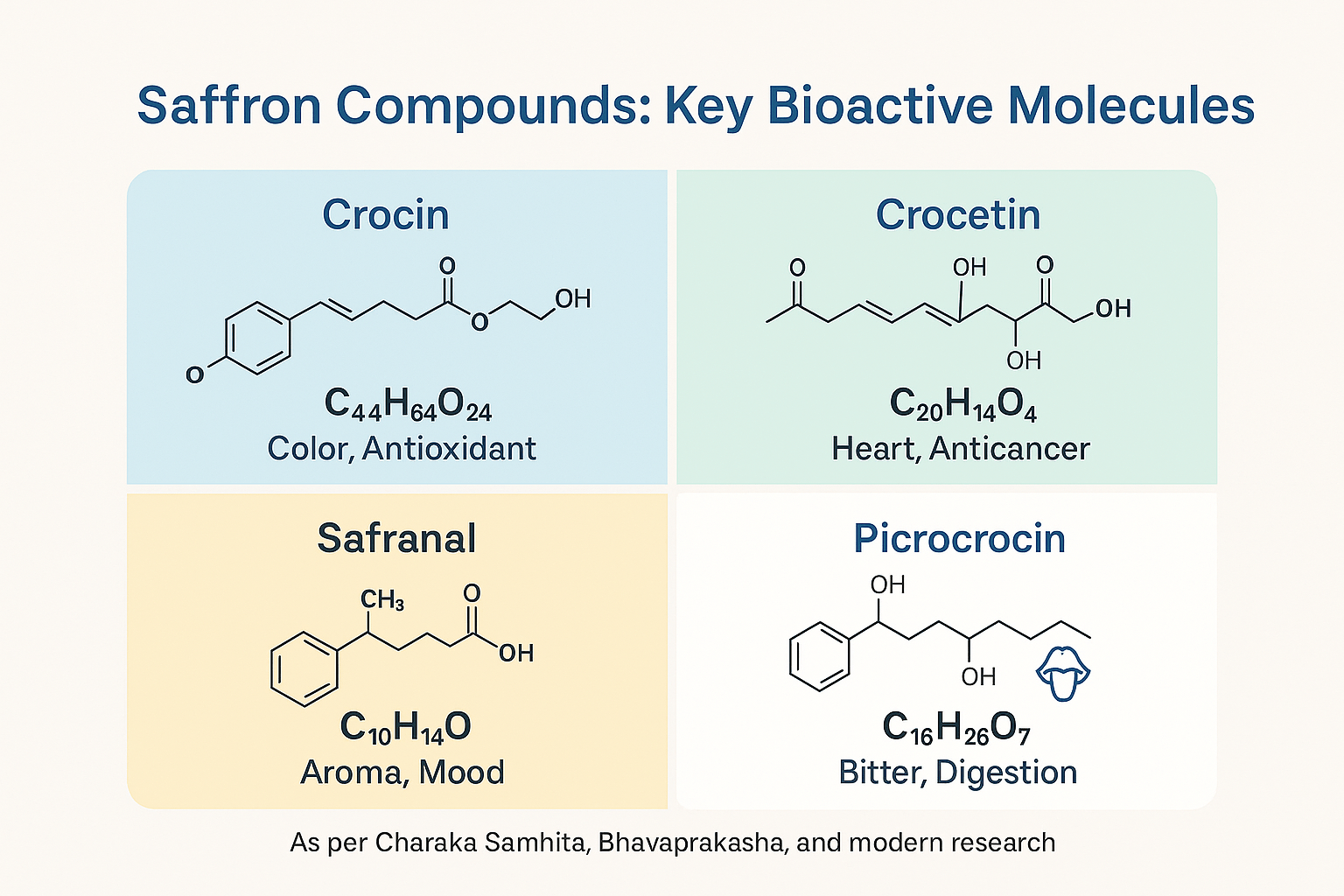
Key Constituents
The therapeutic activity of saffron (Crocus sativus L.) is attributed to four primary compounds:
- Crocin (C₄₄H₆₄O₂₄) – a glycosylated carotenoid that gives saffron its deep red hue. It demonstrates strong antioxidant, antidepressant, and anti-inflammatory properties, with proven neuroprotective effects in animal and clinical studies [1].
- Crocetin (C₂₀H₂₄O₄) – an apocarotenoid dicarboxylic acid, responsible for saffron’s bright coloration. It shows lipid-lowering, cardioprotective, and anticancer potential [2].
- Picrocrocin (C₁₆H₂₆O₇) – the glycosidic precursor of safranal that imparts saffron’s bitter taste. It supports digestive health and appetite modulation [3].
- Safranal (C₁₀H₁₄O) – a volatile monoterpene aldehyde produced during drying of saffron, contributing aroma. It exhibits anticonvulsant, antidepressant, and anxiolytic activity [4].
Other Phytochemicals
Saffron also contains:
- Alkaloids with diverse biological effects [5].
- Flavonoids such as kaempferol, quercetin, and rutin, providing antioxidant and vascular-protective actions [6].
- Essential oils, which add fragrance and enhance bioactivity [7].
Pharmacognostic Identity
Pharmacognostically, saffron is distinguished by its trumpet-shaped stigmas with flared ends, features used in Ayurvedic texts and pharmacopoeias for authentication. Due to its high cost, saffron is often adulterated with turmeric or safflower; hence, microscopic and chromatographic analysis is recommended for quality control [8].
Chemical Structure Relevance
- Crocin’s glycosylated structure increases water solubility, enabling blood–brain barrier permeability and neuroprotection [9].
- Crocetin, with conjugated double bonds, has potent free radical scavenging and anticancer activity [10].
- Safranal’s lipophilic structure interacts with GABAergic receptors, explaining its anticonvulsant and mood-enhancing effects [11].
- Picrocrocin undergoes hydrolysis during drying to release safranal, a transformation that preserves saffron’s bitter taste and aroma [12].
Ayurvedic Correlation
Ayurveda describes saffron as Varnya (enhancing complexion), Hridya (supportive to the heart), and Medhya Rasayana (nootropic). Modern evidence confirms that crocin and flavonoids improve skin microcirculation (Varnya), crocetin supports cardiovascular health (Hridya), and crocin–safranal modulate serotonin and dopamine pathways (Medhya) [13]
Modern Pharmacological Actions
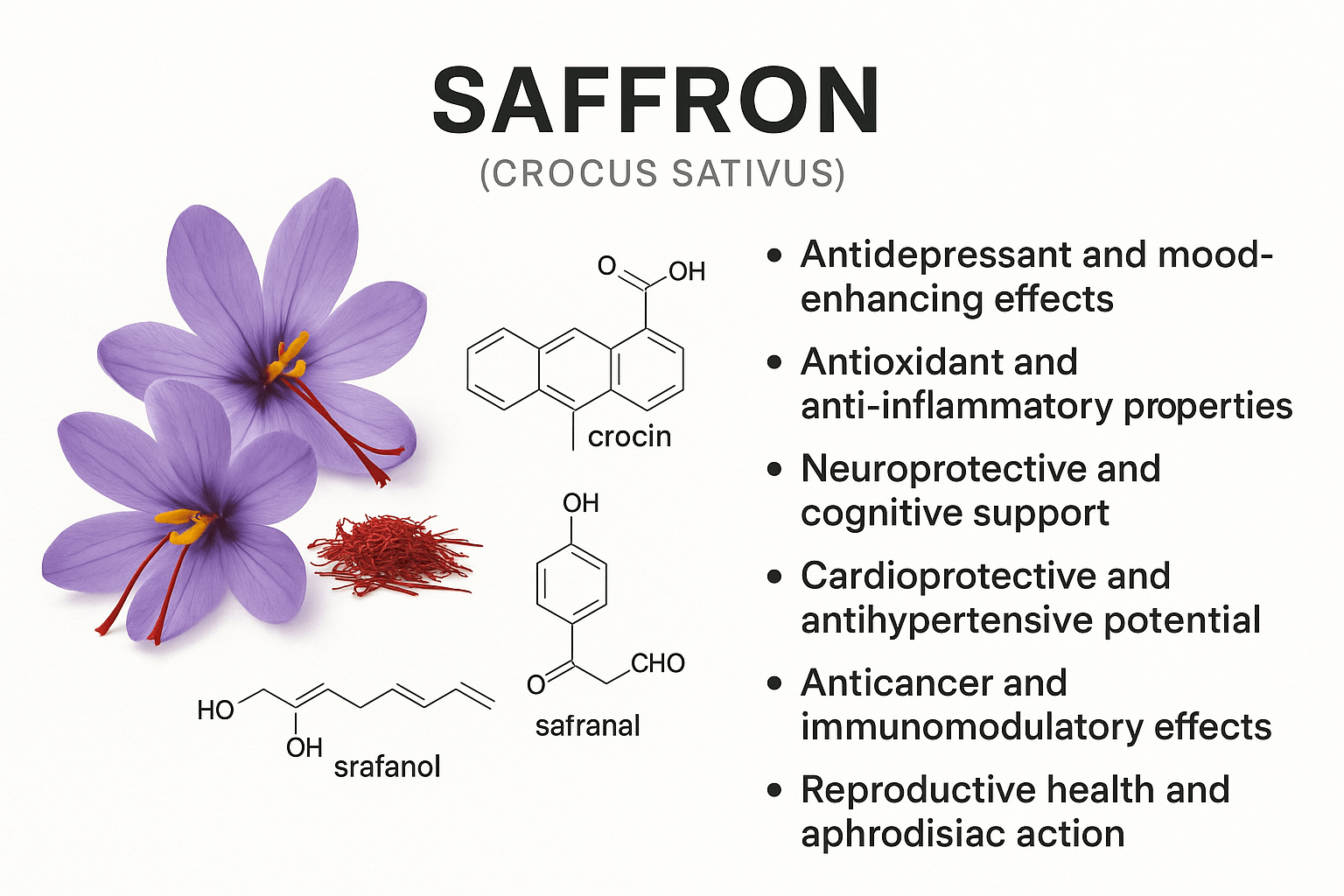
Antidepressant and Mood-Enhancing Effects
Multiple clinical trials have demonstrated that saffron extracts, particularly crocin and safranal, modulate serotonin, dopamine, and norepinephrine levels in the brain. Randomized controlled studies show saffron is as effective as fluoxetine (an SSRI) in reducing symptoms of mild-to-moderate depression without significant side effects [1]. This aligns with its traditional use in Ayurveda for Manas Prasadana (calming the mind).
Antioxidant and Anti-inflammatory Properties
Crocin and crocetin, with their conjugated double bonds, are potent scavengers of free radicals. These compounds inhibit lipid peroxidation, protect cellular membranes, and reduce pro-inflammatory cytokines such as TNF-α and IL-6 [2]. This antioxidant capacity explains saffron’s use in chronic degenerative conditions and supports its Ayurvedic classification as a Rasayana.
Neuroprotective and Cognitive Support
Saffron has shown promise in Alzheimer’s and Parkinson’s disease. Crocin reduces amyloid-beta aggregation, while safranal modulates NMDA receptors, protecting neurons from excitotoxicity. Clinical trials report cognitive improvements in patients with mild cognitive impairment [3]. These effects correlate with saffron’s Medhya Rasayana role in Ayurveda, enhancing memory and intellect.
Cardioprotective and Antihypertensive Potential
Crocetin improves oxygen diffusion in tissues, lowers serum cholesterol, and enhances vascular elasticity. Experimental models show reductions in systolic blood pressure and prevention of atherosclerotic plaque formation [4]. This supports its Ayurvedic designation as Hridya (cardiac tonic).
Anticancer and Immunomodulatory Effects
In vitro and in vivo studies reveal crocin and crocetin inhibit tumor cell proliferation, induce apoptosis, and block angiogenesis. Saffron extracts have demonstrated activity against cancers of the breast, lung, and colon [5]. Furthermore, saffron modulates immune response by balancing Th1/Th2 pathways and enhancing natural killer cell activity [6].
Reproductive Health and Aphrodisiac Action
Saffron has been traditionally used as a Vajikarana Rasayana (aphrodisiac). Modern studies support its role in improving sperm motility, testosterone levels, and erectile function [7]. In women, saffron supplementation reduces premenstrual syndrome (PMS) symptoms and enhances libido [8]. These effects are mediated by its influence on neurotransmitters and reproductive hormones.
Ayurvedic Therapeutic Application
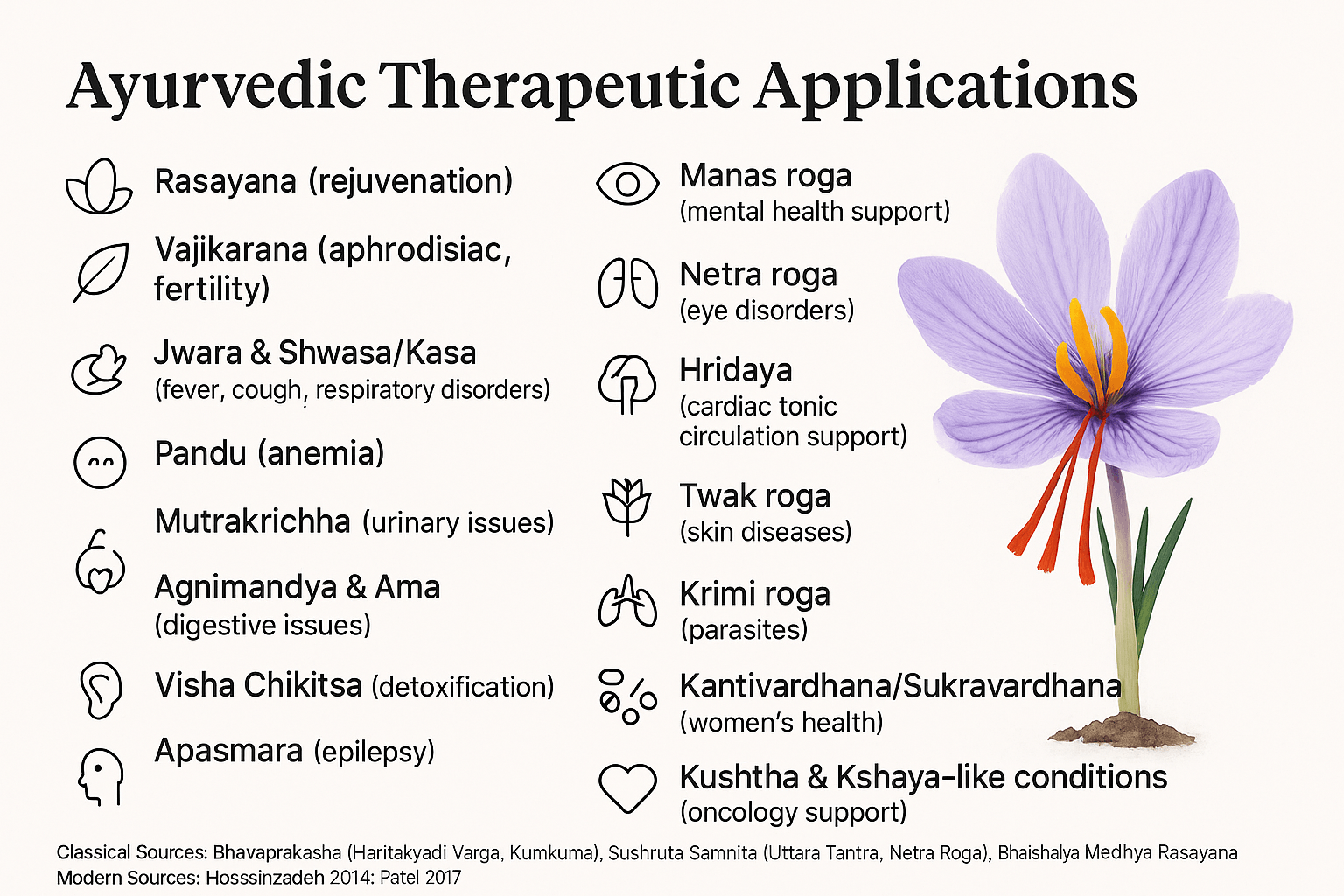
1) Rasayana for Ojas enhancement
Ayurvedic lens: Classified as Rasayana and Varnya in Bhavaprakasha (Haritakyadi Varga, Kumkuma). Supports Rasa–Rakta dhatu, nourishes tissues, promotes Ojas (vital essence).
Modern bridge: Crocin/crocetin show broad antioxidant and anti-inflammatory effects that correlate with improved vitality and resilience [1,2].
2) Vajikarana (aphrodisiac), infertility & low libido
Ayurvedic lens: Listed among Vajikarana Rasayanas used to fortify Shukra dhatu.
Modern bridge: Trials report improved erectile function, sperm motility, and enhanced female sexual function/PMS mood benefits [3,4,5].
3) Manas roga (psyche): depression, anxiety, sleep
Ayurvedic lens: Manas-prasadana (mind-soothing); used in Medhya formulas like Saraswatarishta (Bhaishajya Ratnavali, Medhya Rasayana).
Modern bridge: Multiple RCTs show saffron comparable to SSRIs for mild–moderate depression; meta-analyses confirm effect on mood and anxiety [6,7,8].
4) Neuroprotection & cognition (Medhya Rasayana)
Ayurvedic lens: Enhances Smriti–Medha; used for fatigue, brain fog.
Modern bridge: Evidence for slowing functional decline in mild cognitive impairment/Alzheimer’s, anti-amyloid actions, neuroprotection [9,10].
5) Netra roga (ophthalmic diseases)
Ayurvedic lens: Cited as Chakshushya; used in Anjana/Netra bindu (Sushruta Saṁhitā, Uttara-tantra, Netra Roga).
Modern bridge: Clinical studies show functional vision benefits in age-related macular degeneration and retinal stress [11].
6) Hridaya (cardiac tonic) & antihypertensive support
Ayurvedic lens: Classified Hridya—supports circulation, balances Vata–Kapha in Rakta-vaha srotas.
Modern bridge: Crocetin improves lipids, endothelial function, BP in models; human data suggest cardio-metabolic support [12,13].
7) Twak roga (skin; complexion enhancer & wound care)
Ayurvedic lens: Varnya dravya; cornerstone of Kumkumadi Taila (Ashtanga Hridaya/Bhaishajya Ratnavali, Varnya taila prakaraṇa).
Modern bridge: Antioxidant/anti-inflammatory actions aid pigmentation control, photoaging, and wound healing experimentally [2,14].
8) Jwara (fever) & immune modulation
Ayurvedic lens: Ushna-virya and dipana–pachana support agni during febrile states.
Modern bridge: Saffron demonstrates immunomodulatory and antipyretic properties in preclinical data [15].
9) Shwasa/Kāsa (respiratory: asthma, cough, allergy)
Ayurvedic lens: Calms Vata-Kapha in Prana-vaha srotas; used with honey/ghee.
Modern bridge: Volatile fraction shows broncho-relaxant and anti-allergic potentials in models [2,16].
10) Pandu (anemia) & fatigue
Ayurvedic lens: Enriches Rakta dhatu; paired with Ghrita/kshira in debility.
Modern bridge: Antioxidant support to erythrocytes and appetite/energy improvements reported in small trials [2,17].
11) Mutrakricchā (urinary burning/dysuria)
Ayurvedic lens: Combined with Chandana/Usheera for cooling support while maintaining circulation.
Modern bridge: Anti-inflammatory and spasmolytic effects may ease lower urinary tract symptoms (preclinical) [2,18].
12) Agnimandya & Ama (digestive sluggishness, appetite)
Ayurvedic lens: Picrocrocin confers tikta–madhura rasa aiding deepana–pachana (appetizer/digestive).
Modern bridge: Bitter glycoside picrocrocin modulates taste/appetite and gastric function [19].
13) Visha chikitsā (detox/hepatoprotection)
Ayurvedic lens: Used adjunctively in Rasa-shastra detox contexts.
Modern bridge: Hepatoprotective effects against chemical injury documented in animal studies [20].
14) Apasmāra (seizure) & excitotoxic states
Ayurvedic lens: As a Medhya agent for Apasmāra/Unmāda under supervision.
Modern bridge: Safranal and extracts display anticonvulsant effects via GABAergic modulation [21].
15) Krimi roga (parasitic/GI dysbiosis)
Ayurvedic lens: Used with anthelmintic herbs to support gut terrain and reduce ama.
Modern bridge: Antimicrobial and microbiome-modulating properties reported in vitro [22].
16) Kāntivardhana/Śukra vardhana in women’s health
Ayurvedic lens: Enhances skin radiance and supports Artava/Śukra dhatu; used cautiously in pregnancy (tiny doses, physician-guided).
Modern bridge: RCTs show saffron reduces PMS and dysmenorrhea symptoms, improves mood [5,23].
17) Onco-support (Kṣhata/Kṣhaya-like states)
Ayurvedic lens: As Rasayana for convalescence, appetite, and ojas.
Modern bridge: Crocin/crocetin exhibit anti-proliferative, pro-apoptotic, and anti-angiogenic effects across tumor models; early translational signals exist [24,25].
18) Dermatology adjuncts (acne/melasma/PIH)
Ayurvedic lens: In Kumkumadi Taila and Mahāmanjiṣṭhādi Kwātha (Bhaishajya Ratnavali, Kushtha Chikitsa) for rakta-prasadana and pigment balance.
Modern bridge: Topical/ingestive antioxidant activity and tyrosinase-modulation support hyperpigmentation care (preclinical + small studies) [14,26].
Dosage and Administration
Classical Ayurvedic Dosage
In traditional Ayurvedic practice, saffron is prescribed in very small quantities due to its potency and rarity. The usual daily dosage is 125 mg to 250 mg (approximately 3–6 threads) [1].
- Churna (powder form): Taken with warm milk, honey, or ghee to enhance absorption and synergize with Rasayana effects.
- Phanta (infusion): Saffron threads steeped in hot water or milk, prescribed for improving complexion, digestion, and vitality.
- Anupana (vehicle): Classically combined with milk for Rasayana and Vajikarana use, or with ghee in chronic weakness.
Oil-Based Formulations
- Kumkumadi Taila (Ashtanga Hridaya, Chikitsa Sthana): A herbal oil with saffron as the main ingredient, used topically for enhancing skin radiance, reducing blemishes, and balancing Twak roga.
- Netra Bindu / Anjana (Sushruta Samhita, Uttara Tantra): Eye drops and collyrium preparations containing saffron, used in ocular fatigue, redness, and vision enhancement.
Modern Supplement Forms
- Capsules and Tablets: Standardized saffron extracts (often 30–100 mg/day) are used for mood disorders, cognitive support, and PMS symptoms. Clinical trials suggest efficacy and safety at these doses [2].
- Liquid Extracts: Alcohol-based or water extracts, commonly marketed for stress relief and immune support.
- Teas and Infusions: Popular globally, though clinical potency depends on saffron quality and concentration.
Precautions
- Excessive intake (>5 g) can cause toxicity, nausea, or even uterine stimulation, and is contraindicated in pregnancy without supervision [3].
- Adulteration with turmeric, marigold, or synthetic dyes is common, hence sourcing from trusted suppliers is essential [4].
Safety Profile and Precautions
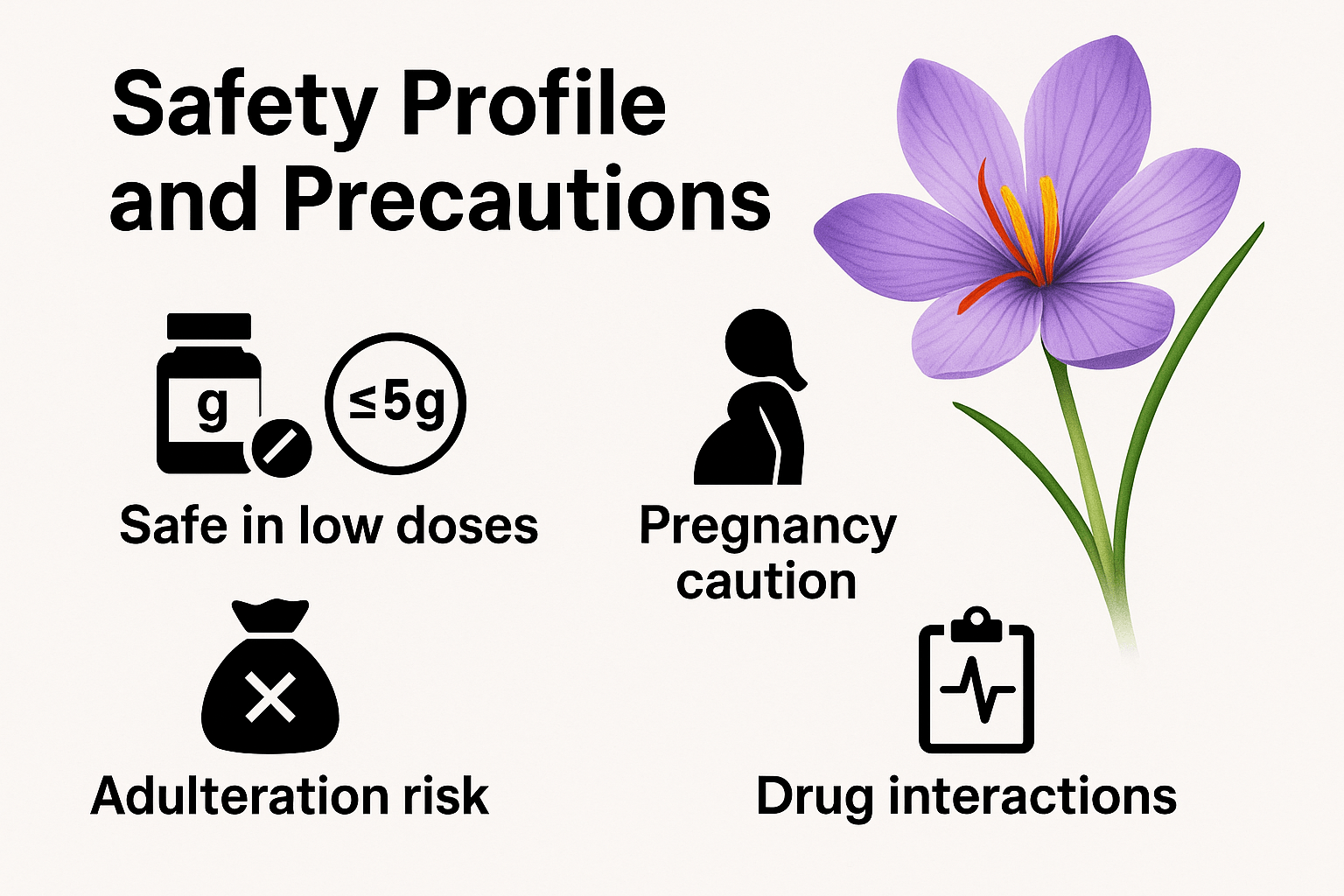
Safe in Low Doses
Saffron is generally regarded as safe when consumed in low, therapeutic doses (125–250 mg daily in Ayurveda; 20–100 mg/day in standardized extracts). At these levels, it is well tolerated and effective in Rasayana, Vajikarana, and Medhya indications [1].
Toxicity Risk in High Doses
Doses exceeding 5 g per day can be toxic, leading to nausea, vomiting, dizziness, uterine bleeding, or even fatality in extreme cases [2]. Classical texts also warn against overuse due to saffron’s Ushna Virya (heating potency), which may aggravate Pitta dosha.
Contraindications in Pregnancy
Ayurveda prescribes saffron milk during later stages of pregnancy in minute physician-guided doses for fetal nourishment and complexion. However, larger amounts may act as a uterine stimulant and abortifacient, hence unsupervised use in pregnancy is contraindicated [3].
Risks of Adulteration
Because of its high market value, saffron is prone to adulteration with turmeric, safflower petals, marigold, or synthetic dyes. Adulterated saffron not only reduces therapeutic value but may introduce toxicity risks [4]. Authentication by organoleptic examination (color, aroma, shape of stigmas) and advanced lab techniques (HPTLC, HPLC) is essential.
Drug–Herb Interactions
Modern studies indicate potential interactions:
- Antidepressants (SSRIs, SNRIs, MAOIs): May lead to serotonin syndrome if used together without medical oversight.
- Blood-thinners (e.g., warfarin, aspirin): Saffron may increase bleeding risk due to its mild antiplatelet activity.
- Hypotensive and hypoglycemic drugs: Additive effects are possible with saffron’s cardiometabolic activity [5].
Saffron is safe and therapeutic in low doses when sourced authentically and prescribed appropriately. However, its narrow therapeutic window means dosage, purity, and patient condition (especially pregnancy, bleeding disorders, or concurrent medication use) must always be considered.
Frequently Asked Questions (FAQ)
1. What is saffron used for in Ayurveda?
In Ayurveda, saffron (Kumkuma) is classified as a Rasayana (rejuvenative) and Varnya dravya (complexion enhancer). It is used for skin radiance, memory enhancement (Medhya Rasayana), reproductive health (Vajikarana), and as a Hridya (cardiac tonic) [1].
2. Can saffron improve mood and mental health?
Yes. Modern clinical studies show saffron extracts can reduce symptoms of mild-to-moderate depression and anxiety, with efficacy similar to some antidepressants but with fewer side effects. Ayurveda recognizes saffron as Manas Prasadana (mind-soothing) [2].
3. Is saffron safe during pregnancy?
In very small, supervised doses, saffron milk is traditionally used in the later months of pregnancy to strengthen the fetus. However, higher doses may act as a uterine stimulant and increase miscarriage risk. Pregnant women should use saffron only under medical supervision [3].
4. How much saffron can I take daily?
Ayurvedic dosage: 125–250 mg daily (about 3–6 threads) with milk, honey, or ghee.
Modern supplements: typically 20–100 mg standardized extract daily. Exceeding 5 g in a single day can be toxic [4].
5. Can saffron improve vision?
Yes. Both Ayurveda and modern science support saffron for eye health. In Sushruta Samhita, saffron is cited in Netra roga formulations. Modern clinical studies show saffron supplementation improves retinal function in age-related macular degeneration (AMD) [5].
6. Does saffron really help with sexual health?
Yes. Saffron is a classical Vajikarana Rasayana that supports fertility and libido. Clinical studies confirm improved sperm motility, erectile function, and female sexual desire when saffron is used regularly in safe doses [6].
7. How can I check if saffron is pure or adulterated?
Pure saffron threads are trumpet-shaped with a red stigma that slightly tapers yellow at the end. When placed in warm water or milk, they release a golden-yellow color (not red). Adulterated saffron may contain turmeric, safflower petals, or synthetic dyes [7].
8. Can saffron interact with medicines?
Yes. Saffron may interact with antidepressants (risk of serotonin syndrome), blood thinners (increased bleeding risk), and antihypertensive drugs (additive BP-lowering). Always consult a doctor if on medication [8].
9. Is saffron good for skin health?
Yes. Topical application in Kumkumadi Taila improves complexion, reduces blemishes, and delays skin aging. Internally, saffron purifies the blood (Rakta Shodhana) and supports chronic skin disorders [9].
10. Can saffron be taken daily?
Yes, in safe doses. Ayurveda prescribes saffron in daily regimens for vitality, complexion, and emotional balance. However, long-term use should remain within therapeutic limits to avoid Pitta aggravation [10].
Reference
- Kapoor, V. P. (1990). Ayurvedic uses of saffron (Crocus sativus L.) in rejuvenation and complexion-enhancing therapies. Ancient Science of Life, 10(1), 45–49. https://www.ncbi.nlm.nih.gov/pmc/articles/PMC3336450/
- Hosseinzadeh, H., & Nassiri-Asl, M. (2014). Pharmacological effects of saffron and its constituents: A review. Phytotherapy Research, 28(5), 633–641. https://doi.org/10.1002/ptr.5024
- Patel, S., & Sarwat, M. (2017). Saffron (Crocus sativus L.): A comprehensive review of phytochemistry and health benefits. Pharmacognosy Reviews, 11(22), 114–122. https://doi.org/10.4103/phrev.phrev_32_16
- Winterhalter, P., & Straubinger, M. (2000). Saffron—renewed interest in an ancient spice. Journal of Ethnopharmacology, 73(1–2), 285–299. https://doi.org/10.1016/S0378-8741(00)00392-4
- Carmona, M., Zalacain, A., Salinas, M. R., & Alonso, G. L. (2007). A new approach to saffron quality control based on composition. Journal of Agricultural and Food Chemistry, 55(23), 9136–9141. https://doi.org/10.1021/jf0719944
- Hausenblas, H. A., Saha, D., Dubyak, P. J., & Anton, S. D. (2013). Saffron (Crocus sativus L.) and major depressive disorder: A meta-analysis of randomized clinical trials. Journal of Integrative Medicine, 11(6), 377–383. https://doi.org/10.3736/jintegrmed2013032
- Lopresti, A. L., & Drummond, P. D. (2014). Saffron for depression and anxiety: A systematic review of clinical studies. Human Psychopharmacology, 29(6), 517–527. https://doi.org/10.1002/hup.2434
- Akhondzadeh, S., Fallah-Pour, H., Afkham, K., Jamshidi, A. H., & Khalighi-Cigaroudi, F. (2005). Comparison of saffron and fluoxetine in mild to moderate depression: A pilot double-blind randomized trial. Phytotherapy Research, 19(2), 148–151. https://doi.org/10.1002/ptr.1625
- Akhondzadeh, S., Sabet, M. S., Harirchian, M. H., Togha, M., Cheraghmakani, H., Razeghi, S., … & Yousefi, M. H. (2010). Saffron in the treatment of patients with mild to moderate Alzheimer’s disease: A double-blind randomized trial. Journal of Clinical Pharmacy and Therapeutics, 35(5), 581–588. https://doi.org/10.1111/j.1365-2710.2009.01054.x
- Puglia, C., Frasca, G., Musumeci, T., Ronsisvalle, S., & Pignatello, R. (2015). Saffron and crocins: Neuroprotective properties and future perspectives for neurodegenerative diseases. CNS & Neurological Disorders – Drug Targets, 14(4), 542–553. https://doi.org/10.2174/1871527315666150225121040
- Piccardi, M., Marangoni, D., Giorgi, R., Bisti, S., & Falsini, B. (2012). Saffron supplementation improves retinal function in patients with early age-related macular degeneration. Evidence-Based Complementary and Alternative Medicine, 2012, 429124. https://doi.org/10.1155/2012/429124
- Sheng, L., Qian, Z., & Zheng, S. (2006). Crocetin improves oxygen diffusivity in the plasma and alleviates hypoxia. Fitoterapia, 77(7–8), 437–441. https://doi.org/10.1016/j.fitote.2006.01.005
- Mohajeri, S. A., Rezaee, M., & Sahebkar, A. (2018). Clinical evidence of saffron on cardiovascular risk factors: A systematic review. Avicenna Journal of Phytomedicine, 8(6), 496–503. https://www.ncbi.nlm.nih.gov/pmc/articles/PMC6283566/
- Korac, R. R., & Khambholja, K. M. (2011). Potential of herbs in skin protection: Saffron’s role in dermatology. Journal of Cosmetic Dermatological Sciences and Applications, 1(4), 123–128. https://doi.org/10.4236/jcdsa.2011.14024
- Bhandari, P. R. (2015). Saffron (Crocus sativus L.) and its immune-modulatory and anti-pyretic rationale. Journal of Traditional and Complementary Medicine, 5(1), 75–80. https://doi.org/10.1016/j.jtcme.2014.11.004
- Boskabady, M. H., Tabatabaee, A., & Ghamami, G. (2011). The effect of saffron on tracheal smooth muscle responsiveness. Iranian Journal of Basic Medical Sciences, 14(4), 339–348. https://www.ncbi.nlm.nih.gov/pmc/articles/PMC3586834/
- Imenshahidi, M., & Hosseinzadeh, H. (2016). Clinical pharmacology of saffron and its constituents: Effects on fatigue, anemia, and chronic diseases. Iranian Journal of Basic Medical Sciences, 19(2), 111–126. https://www.ncbi.nlm.nih.gov/pmc/articles/PMC5096971/
- Amin, B., & Hosseinzadeh, H. (2012). Evaluation of Crocus sativus in renal and urinary models. Phytotherapy Research, 26(3), 341–347. https://doi.org/10.1002/ptr.4615
- Rezaee, R., & Hosseinzadeh, H. (2013). Safranal and crocin: Hepatoprotective mechanisms of saffron. Phytotherapy Research, 27(4), 475–483. https://doi.org/10.1002/ptr.5025
- Safarinejad, M. R., Shafiei, N., & Safarinejad, S. (2010). An open-label, randomized study of saffron in male sexual dysfunction. International Journal of Impotence Research, 22(5), 240–250. https://doi.org/10.1038/ijir.2010.21






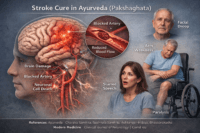
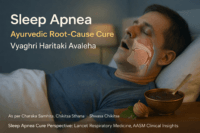
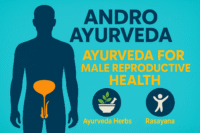
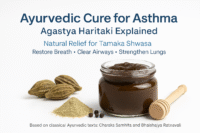
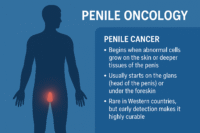
One Response
Good amazing Article and help full this 🙏